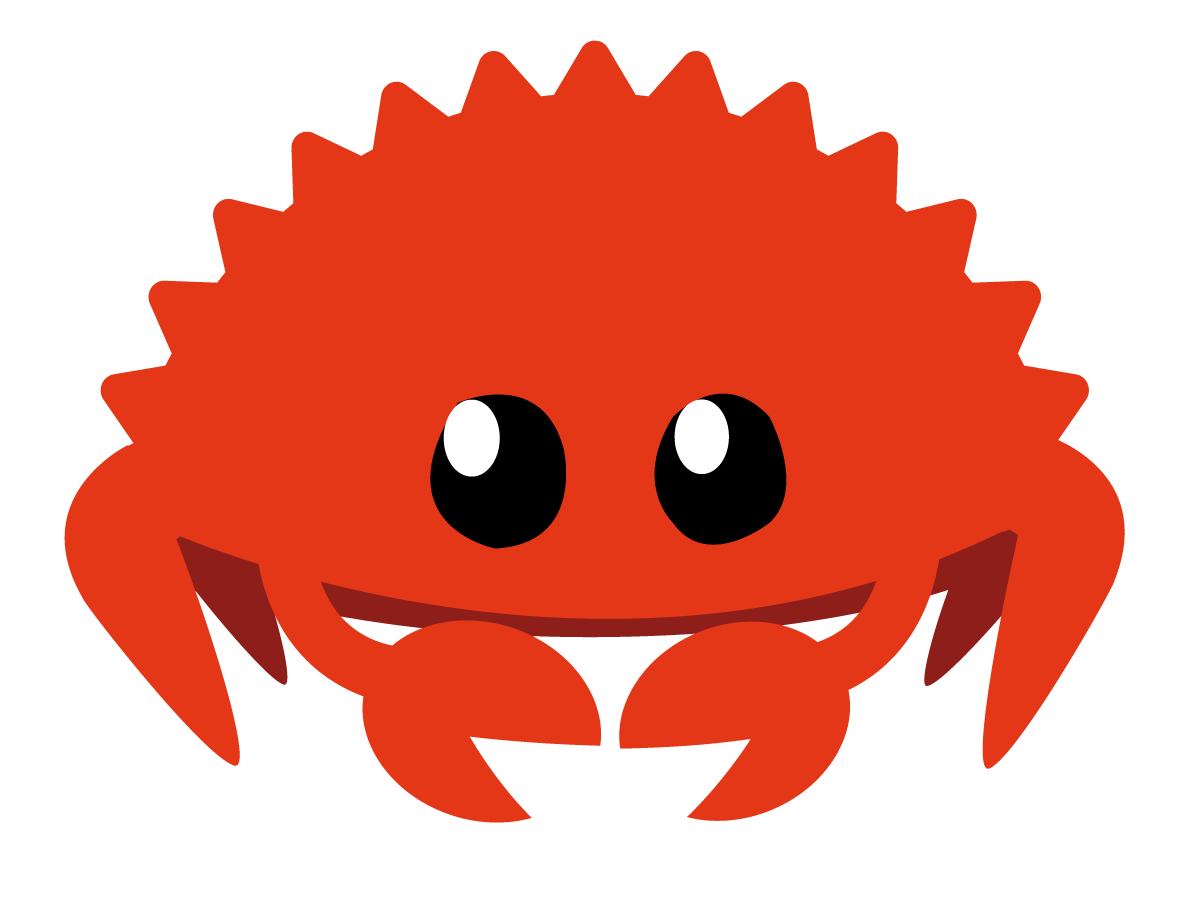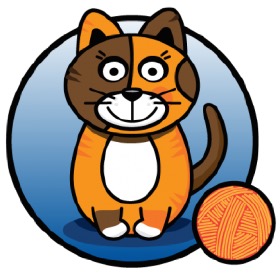看到了ButterKnife之后,感觉它实在是太棒了,可以省略掉一大堆无趣的findViewById(),整个代码看起来都舒服多了。这篇使用说明来自它的官方网站的简易介绍,用起来非常简单,但是也是有挺多的情况,所以还是觉得自己翻译出来,方便以后查阅吧!
使用@BindView和ID注解相应的变量,ButterKnife就会在你的layout文件中找到所对应的View并赋值给它。
1
2
3
4
5
6
7
8
9
10
11
12
| class ExampleActivity extends Activity {
@BindView(R.id.title) TextView title;
@BindView(R.id.subtitle) TextView subtitle;
@BindView(R.id.footer) TextView footer;
@Override public void onCreate(Bundle savedInstanceState) {
super.onCreate(savedInstanceState);
setContentView(R.layout.simple_activity);
ButterKnife.bind(this);
}
}
|
上面例子中,所生成的代码大致与下面代码等同:
1
2
3
4
5
| public void bind(ExampleActivity activity) {
activity.subtitle = (android.widget.TextView) activity.findViewById(2130968578);
activity.footer = (android.widget.TextView) activity.findViewById(2130968579);
activity.title = (android.widget.TextView) activity.findViewById(2130968577);
}
|
资源绑定
使用@BindBool, @BindColor, @BindDimen, @BindDrawable, @BindInt, @BindString与一个对应的ID来绑定定义好的资源,
1
2
3
4
5
6
7
| class ExampleActivity extends Activity {
@BindString(R.string.title) String title;
@BindDrawable(R.drawable.graphic) Drawable graphic;
@BindColor(R.color.red) int red;
@BindDimen(R.dimen.spacer) Float spacer;
}
|
非ACTIVITY绑定
我们还可以在已知View的情况下,在任意的对象中,绑定该View中所含有的控件。比如在Fragment中:
1
2
3
4
5
6
7
8
9
10
11
| public class FancyFragment extends Fragment {
@BindView(R.id.button1) Button button1;
@BindView(R.id.button2) Button button2;
@Override public View onCreateView(LayoutInflater inflater, ViewGroup container, Bundle savedInstanceState) {
View view = inflater.inflate(R.layout.fancy_fragment, container, false);
ButterKnife.bind(this, view);
return view;
}
}
|
另外一个是在ViewHolder中:
1
2
3
4
5
6
7
8
9
10
11
12
13
14
15
16
17
18
19
20
21
22
23
24
25
26
| public class MyAdapter extends BaseAdapter {
@Override public View getView(int position, View view, ViewGroup parent) {
ViewHolder holder;
if (view != null) {
holder = (ViewHolder) view.getTag();
} else {
view = inflater.inflate(R.layout.whatever, parent, false);
holder = new ViewHolder(view);
view.setTag(holder);
}
holder.name.setText("John Doe");
return view;
}
static class ViewHolder {
@BindView(R.id.title) TextView name;
@BindView(R.id.job_title) TextView jobTitle;
public ViewHolder(View view) {
ButterKnife.bind(this, view);
}
}
}
|
其它的绑定方式
可使用Activity当做一个根View可以绑定任何对象。如果你使用了MVC模式,你可以使用ButterKnife.bind(this, activity)来绑定Controller。
可使用ButterKnife.bind(this)来绑定一个View里面的子View。如果你在layout文件中使用了<merge>标签并且在View的构造器中填充,你可以在这之后立马调用它。或者,你也可以在onFinishInflate()回调中调用。
VIEW LISTS
将所需要的控件,全部填充到一个List中。
1
2
| @BindViews({ R.id.first_name, R.id.middle_name, R.id.last_name })
List<EditText> nameViews;
|
apply()方法可以对List中所有的View执行某个操作。
1
2
| ButterKnife.apply(nameViews, DISABLE);
ButterKnife.apply(nameViews, ENABLED, false);
|
可以指定一些简单的动作。
1
2
3
4
5
6
7
8
9
10
| static final ButterKnife.Action<View> DISABLE = new ButterKnife.Action<View>() {
@Override public void apply(View view, int index) {
view.setEnabled(false);
}
};
static final ButterKnife.Setter<View, Boolean> ENABLED = new ButterKnife.Setter<View, Boolean>() {
@Override public void set(View view, Boolean value, int index) {
view.setEnabled(value);
}
};
|
当然也可以在apply()方法中指定一个Android中控件的属性名。
ButterKnife.apply(nameViews, View.ALPHA, 0.0f);
绑定LISTENER
监听器也可以自动配置到相应的View上。
1
2
3
4
| @OnClick(R.id.submit)
public void submit(View view) {
}
|
监听器函数的参数都是可选的。
1
2
3
4
| @OnClick(R.id.submit)
public void submit() {
}
|
指定一个确定的类型,它将会被自动转换成之。
1
2
3
4
| @OnClick(R.id.submit)
public void sayHi(Button button) {
button.setText("Hello!");
}
|
还可以为将一个监听器函数,绑定到多个控件上。
1
2
3
4
5
6
7
8
| @OnClick({ R.id.door1, R.id.door2, R.id.door3 })
public void pickDoor(DoorView door) {
if (door.hasPrizeBehind()) {
Toast.makeText(this, "You win!", LENGTH_SHORT).show();
} else {
Toast.makeText(this, "Try again", LENGTH_SHORT).show();
}
}
|
自定义View时,绑定自己的监听器函数不需要设置ID。
1
2
3
4
5
6
| public class FancyButton extends Button {
@OnClick
public void onClick() {
}
}
|
重置绑定
Fragment和Activity的生命周期不同。当在Fragment的onCreateView()中使用了绑定,就需要在onDestroyView()中将变量置为null。ButterKnife在调用绑定时会返回一个Unbinder的实例,在适当的生命周期回调中,调用这个实例的unbind()方法。
1
2
3
4
5
6
7
8
9
10
11
12
13
14
15
16
17
| public class FancyFragment extends Fragment {
@BindView(R.id.button1) Button button1;
@BindView(R.id.button2) Button button2;
private Unbinder unbinder;
@Override public View onCreateView(LayoutInflater inflater, ViewGroup container, Bundle savedInstanceState) {
View view = inflater.inflate(R.layout.fancy_fragment, container, false);
unbinder = ButterKnife.bind(this, view);
return view;
}
@Override public void onDestroyView() {
super.onDestroyView();
unbinder.unbind();
}
}
|
其它绑定
通常@Bind和监听器绑定都是必须的。如果在目标View中为找到相应ID的控件,则会抛出异常。
为了抑制住这中异常,创建一个可选的绑定,可以使用@Nullable或@Optional来注解变量或方法。
注 : 可使用任何名为@Nullable的注解来注解变量,但推荐Android support-annotations中的@Nullable 。
1
2
3
4
5
| @Nullable @BindView(R.id.might_not_be_there) TextView mightNotBeThere;
@Optional @OnClick(R.id.maybe_missing) void onMaybeMissingClicked() {
}
|
多方法监听器
可在注解中加入参数来区分。
1
2
3
4
5
6
7
8
9
| @OnItemSelected(R.id.list_view)
void onItemSelected(int position) {
}
@OnItemSelected(value = R.id.maybe_missing, callback = NOTHING_SELECTED)
void onNothingSelected() {
}
|
下载
GRADLE
1
2
| compile 'com.jakewharton:butterknife:(insert latest version)'
annotationProcessor 'com.jakewharton:butterknife-compiler:(insert latest version)'
|




